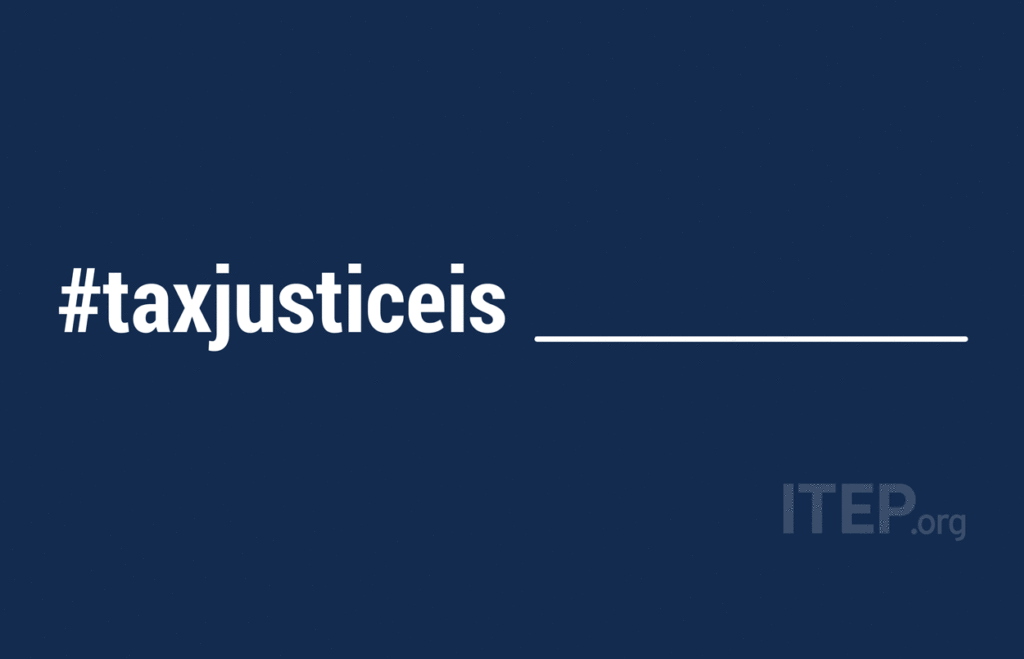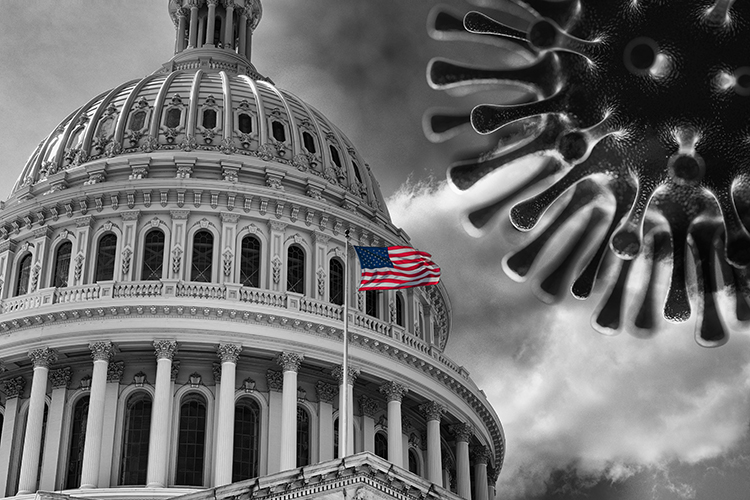State policymakers and advocates may face some long sleepless nights as they close the book on 2020 and prepare for the important decisions they’ll be making in 2021 and beyond. Recent reports that Congress won’t include state fiscal relief in the latest pandemic response package surely adds to their anxiety. But while these are unprecedented times, many of the challenges we face are anything but new, much of what is truly new is coming into better focus, and the future consequences of those decisions are in many ways very predictable. So we at ITEP have consulted with ghosts of fiscal crunches past, present, and future, and distilled their lessons into seven key things to keep in mind for 2021 tax and budget debates:
- State and local taxes are totally Scrooged. The first thing lawmakers and others need to know is that state and local tax codes are generally regressive, allowing the richest households to pay the lowest overall rates and watch their money stacks grow, while making life even more difficult for lower-income families by charging them the highest tax rates. Moreover, these upside-down tax codes and the policies that make them so – such as relying heavily on sales taxes paid by average families while slashing rates on the rich – do not help state economies grow. They do, however, contribute to growing economic and racial inequities in many ways.
- State and local budgets were haunted by underfunding long before 2020. Lawmakers need only look back to early 2020 to see examples like Arizona, Maryland, and Nevada where efforts were already underway to fill multi-billion-dollar school funding gaps. A look a little further into the past shows that “when COVID-19 hit, K-12 schools employed 77,000 fewer teachers and other workers despite teaching 1.5 million more children” than they did before the Great Recession hit more than a decade ago. These realities should spook any lawmaker considering tax cuts or further “belt tightening” as solutions to current budget shortfalls, as well as anyone thinking that federal aid alone can solve states’ fiscal dilemmas.
- History shows austerity is harmful, raising adequate revenues to fund priorities is better. Policymakers not scared straight by the examples above should consider next that research on recessions past shows clearly that some strategies for dealing with revenue crises work better than others. Specifically, as recently covered by two leading economists in The New York Times, slashing investments in shared priorities like schools and health care harms economic growth, while protecting those investments by requiring higher tax contributions from the rich is a proven strategy to minimize that economic damage.
- The present fiscal crisis is real, and recent revenue “improvements” are phantasmic. Tax revenues in some states have come in somewhat better than was projected earlier in the Covid-19 pandemic, partially thanks to federal assistance to states and individuals in the CARES Act. This is relatively good news compared to the feared worst-case scenario, but the overall picture remains ghastly: state revenues this April-September were down 5.3 percent overall from the same period last year, and more than half of states are estimating a double-digit shortfall in at least one upcoming budget year, with some projections as high as 20-30 percent.
- Wealthy individuals and big business are still doing very well and can contribute more. It can be hard to ask more of anyone when everyone seems to be suffering, but even in 2020, some state residents and companies continue to bring in enormous incomes and profits. In fact, college-educated and high-income households are likely to have kept their jobs during the pandemic, those who own stock have likely watched their stock portfolios gain in value, and the very rich have gotten very much richer even during the pandemic. Moreover, due to the 2017 Tax Cuts and Jobs Act, such high-income households are paying lower taxes than they did just a few years ago. And as mentioned above, they generally paid the lowest state and local tax rates even before that. These state residents can and should contribute more to broader needs in the pandemic and beyond. There is also evidence that states with the most progressive personal and corporate income taxes have much smaller revenue losses to deal with than the states that lack such taxes.
- Policy solutions to build a brighter future are readily available. State advocates and lawmakers don’t have to travel to the future to find the policy options they need and see their effects:
- Enacting or strengthening graduated personal income taxes and “millionaires” taxes will raise needed revenue while only affecting the high-income households and profitable corporations who can most afford it, and only if they do in fact bring in those levels of income even during the downturn. Arizona’s voter-approved high-income surcharge and New Jersey’s new millionaires tax are two recent examples of states embracing this approach.
- Similarly, enacting and strengthening corporate income taxes will bring in additional funding from the giant corporations that are doing better than ever while ensuring that truly struggling businesses unable to turn profits due to the pandemic or other circumstances are not affected.
- Reining in tax breaks, loopholes, and subsidies that benefit already prosperous households and businesses will reduce wasteful an ineffective economic development efforts. This will also free up funding for investing in true economic drivers such as infrastructure and education.
- Offering well targeted refundable credits to low- and middle-income families instead of the sorts of upper-income breaks described above will prove much more effective and help offset the regressive effects of other taxes, such as sales taxes that affect low- and middle-income families the most. New or Improved Child Tax Credits and Earned Income Tax Credits (EITCs) are excellent ways of pursuing this goal, as exemplified recently by California and Colorado expanding their EITCs to include immigrant workers and a growing number of states enhancing theirs to provide more meaningful help to workers without children in the home.
- Committing to permanent reforms rather than short-term fixes will help states and families not just to get through the current situation but to do better in the long run. No quick fix or temporary band-aid can address these lessons of fiscal crunches past, present, and future. They require a lasting wake-up call leading to long-term structural reforms that ensure state tax codes advance economic and racial justice, generate adequate funding for immediate and permanent needs, and adapt to new and changing realities going forward. Washington Gov. Jay Inslee emphasized this perspective in his recent budget proposal, which aims to protect short- and long-term investments in the people of Washington, and in his accompanying statement that argues the state “must invest in the relief, recovery and resilience of Washington.”
These and many other policies are available to advocates and policymakers interested in improving people’s lives by applying the lessons of the past, understanding the realities of the present, and working toward a future that provides shared prosperity to everyone.





